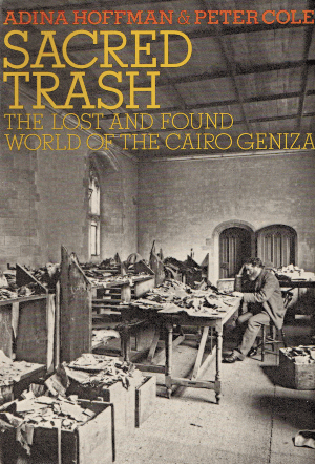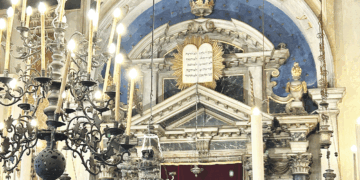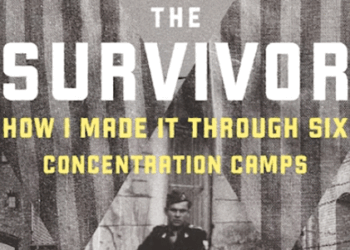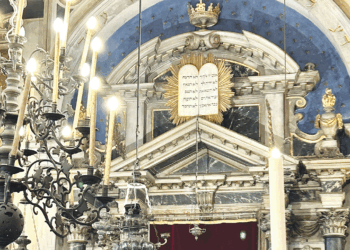Reviewed by NEAL GENDLER
Adina Hoffman and Peter Cole state two purposes for writing Sacred Trash, which may account for noticeable differences in density within their deeply researched book.
First, they say they’ve tried to make their way into the “corpus [body] of the Geniza.” Second, they say: “This is a book about a lost culture and the scholar-heroes who’ve been retrieving it bit by dusty bit for well over a century.”
The combination is a readable, engaging and very edifying text of varying intensity. The parts about the quest, even something of a race, to find the geniza and bring its contents to England, and about the generations of scholars who discovered and pursued different areas of emphasis, read almost like a novel. But explanations of some of the most significant literary findings are thicker, more like an academic paper. And the authors are casual with precise but unusual words such as “agon,” “vatic” and “sacerdotal.”
The result is a lively overview that downshifts for deeper details.

A geniza is a place of storage for worn sacred texts or writings deemed undesirable for people to see. The famous “Cairo Geniza,” about 190,000 pieces shipped to England by Cambridge scholar Solomon Schechter, was a treasure stuck in a windowless room behind a wall in the upstairs women’s gallery of the Ben Ezra synagogue in a part of old Cairo, where medieval East met West. Some equal its significance to that of the Dead Sea Scrolls.
The authors call that geniza “an entire civilization” in the space of a walk-in closet. Eight feet long, 6.5 feet wide and 18 feet high, it was filled to the rafters with nearly 1,000 years of “one Middle Eastern, mostly middle-class Jewish community’s detritus — its letters and poems, its wills and marriage contracts, its bills of lading and writs of divorce,” plus prayers, trousseau lists, bibles, money orders, court depositions, amulets, shop inventories, rabbinic responsa, contracts, leases, receipts, marked-up drafts of Maimonides’ Mishneh Torah and prescriptions in his own hand.
The book opens in 1896, when two widowed twins, amateur philologists and photographers, ask Schechter to review fragments of ancient writing they’d brought from the Middle East. Schechter recognizes a Hebrew fragment as part of the apocryphal book Ben Sira, what Christians call Ecclesiasticus. The original Hebrew was believed lost.
Excited by this find, Schechter soon left secretly for Cairo. He gained access to the geniza and rights to its dust-laden, reeking parchment and papers — some water-damaged, crumpled, brittle or apparently nibbled by pests. Back at Cambridge, he began five years of dirty, exhausting work. He left for America in 1902, to lead the Jewish Theological Seminary, shipping along 251 pieces.
With additions from caches buried outside Ben Ezra or removed before Schechter’s arrival, geniza fragments can be found in 75 collections across the world — 70 percent of them in the university library at Cambridge. The fragments have made careers for generations of scholars, becoming one of our “most important sources of knowledge about earlier Jewish literature and life.” Hoffman and Cole tell us about those scholars and what their specializations have revealed to us.
This is the 18th book in the “Jewish Encounters” series (a collaboration between Nextbook and Schocken); and it has annoying design quirks. One is numbering only right-hand pages. Another, diminishing the useful placement of illustrations on the relevant pages of text, puts the captions in the back of the book. And like its series predecessor, Deborah Lipstadt’s The Eichmann Trial, it is not indexed — cheapskate treatment for work of such value.
But publisher cheapness doesn’t diminish the accomplishment of the authors, who admirably achieve both their goals, giving us far more than one might expect from such a brief and accessible book.
***
Neal Gendler is a Minneapolis writer and editor.
(American Jewish World, 4.15.11)





















Comments 0